Reggaeton Con La Gata
Desiree Fabian
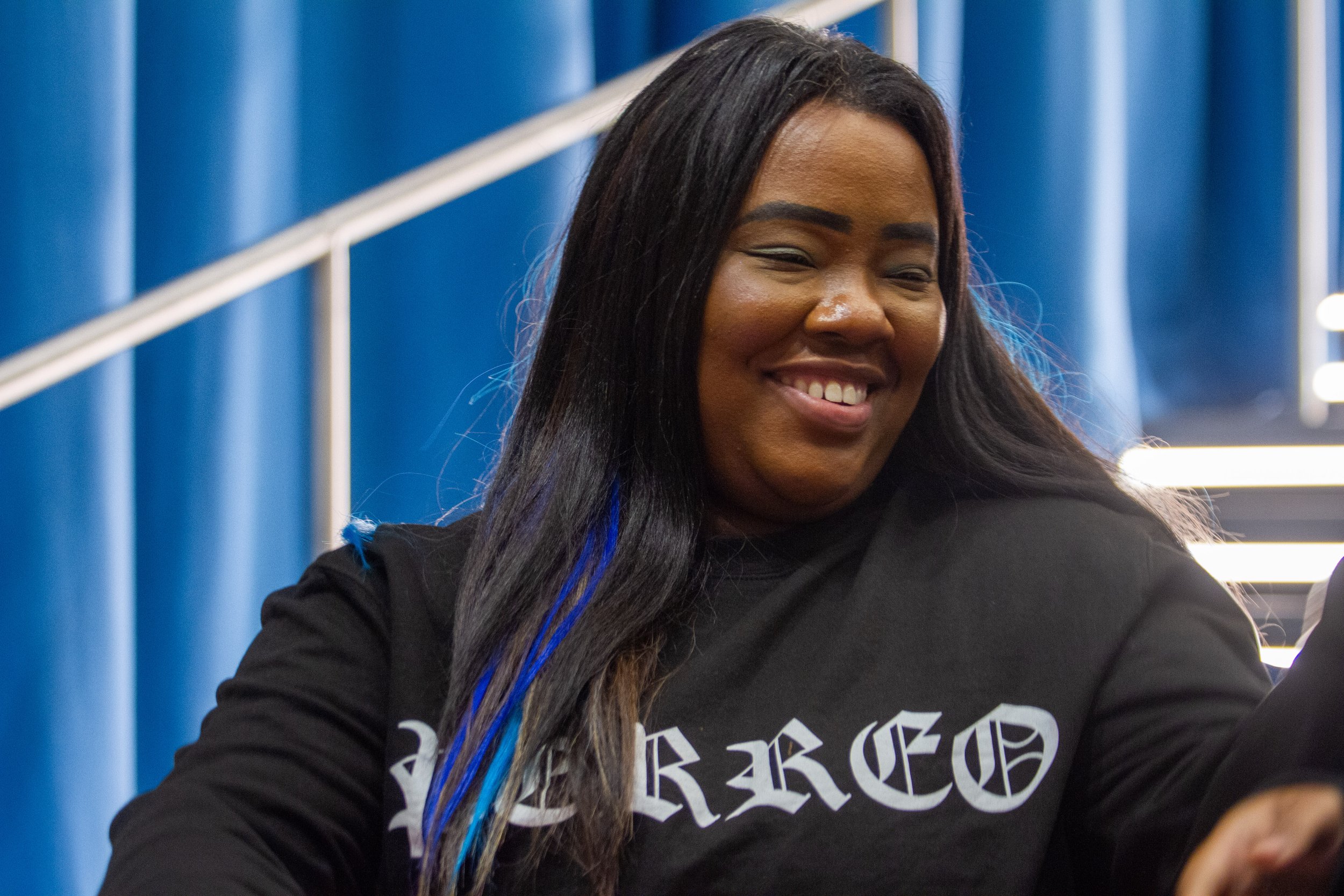
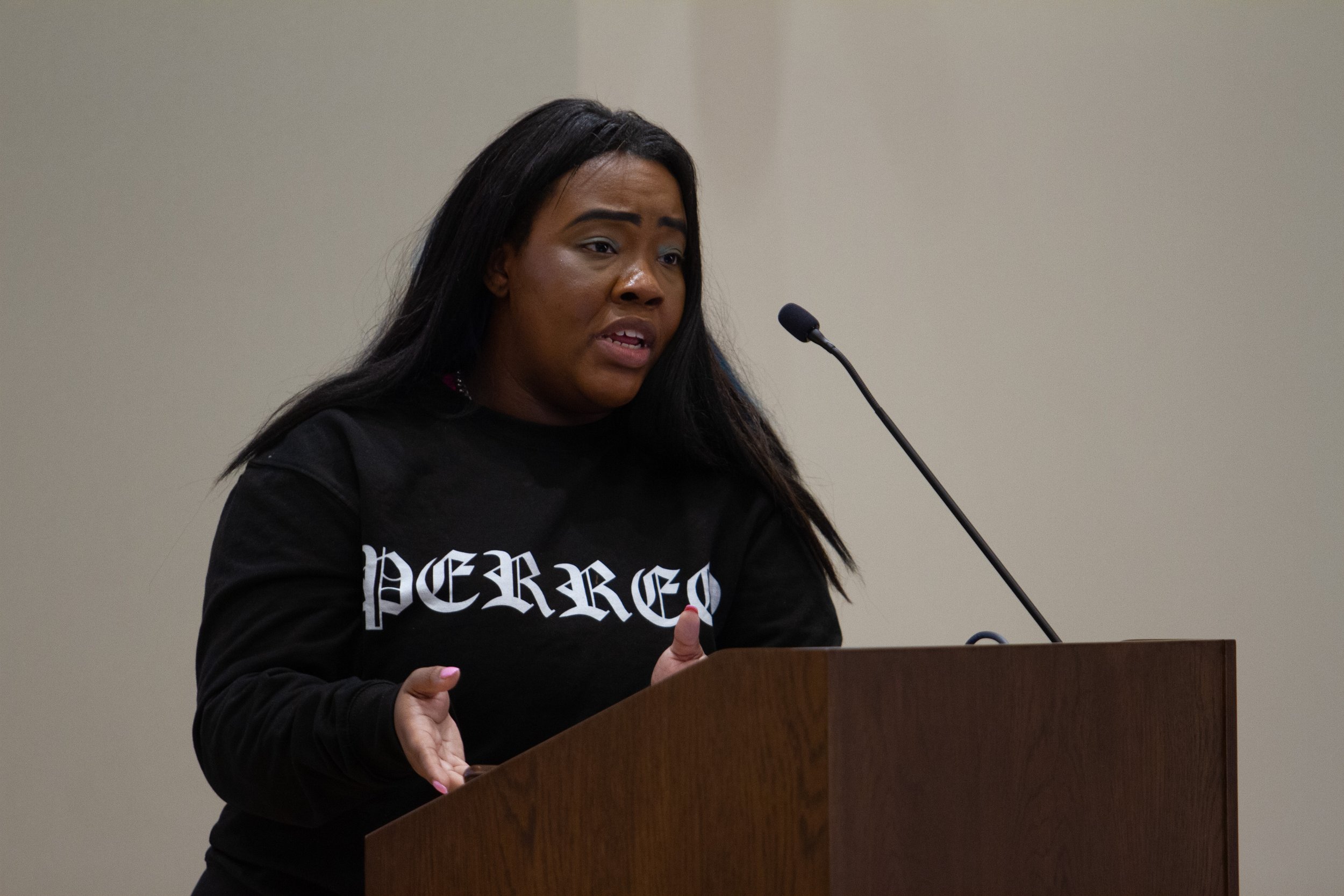
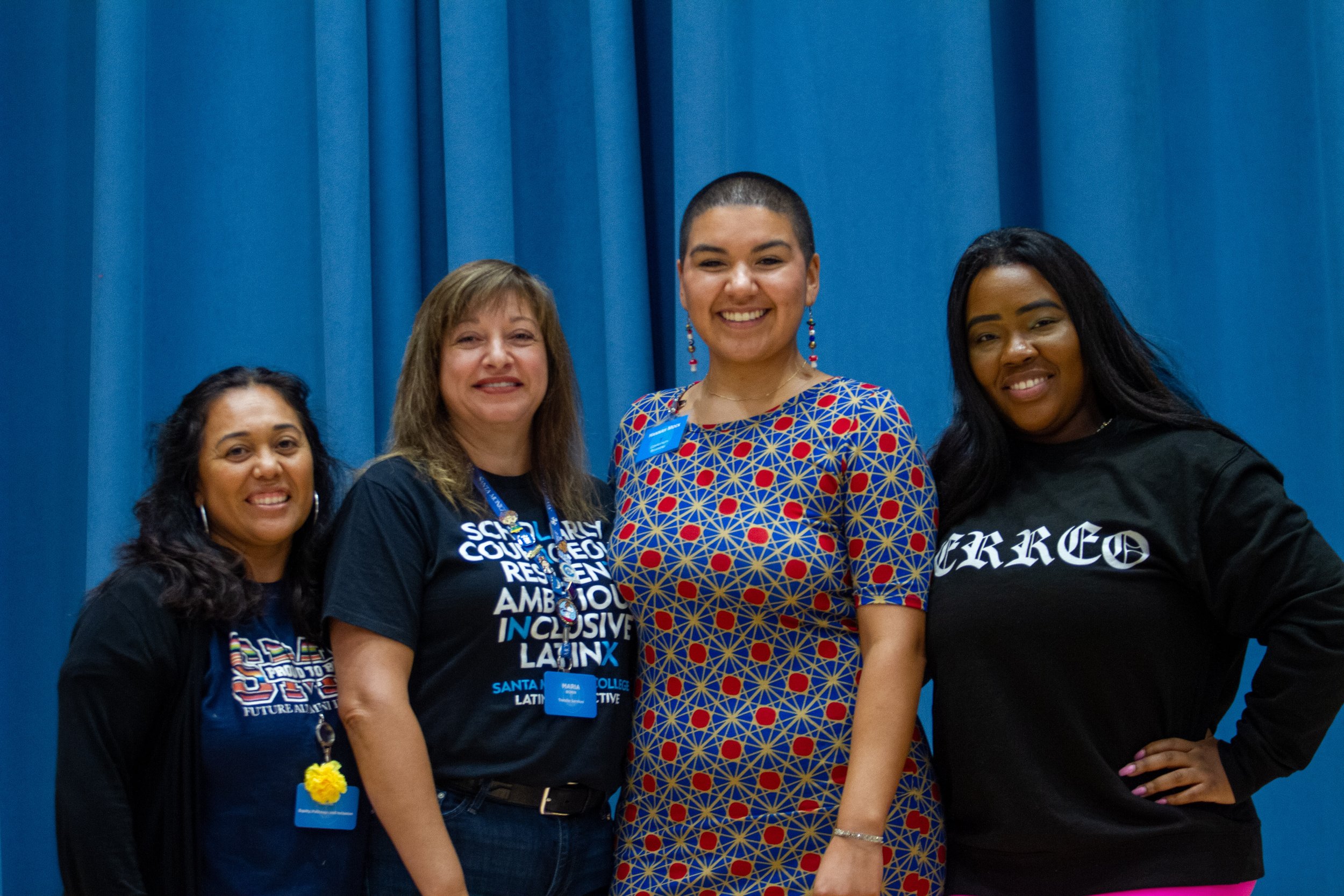

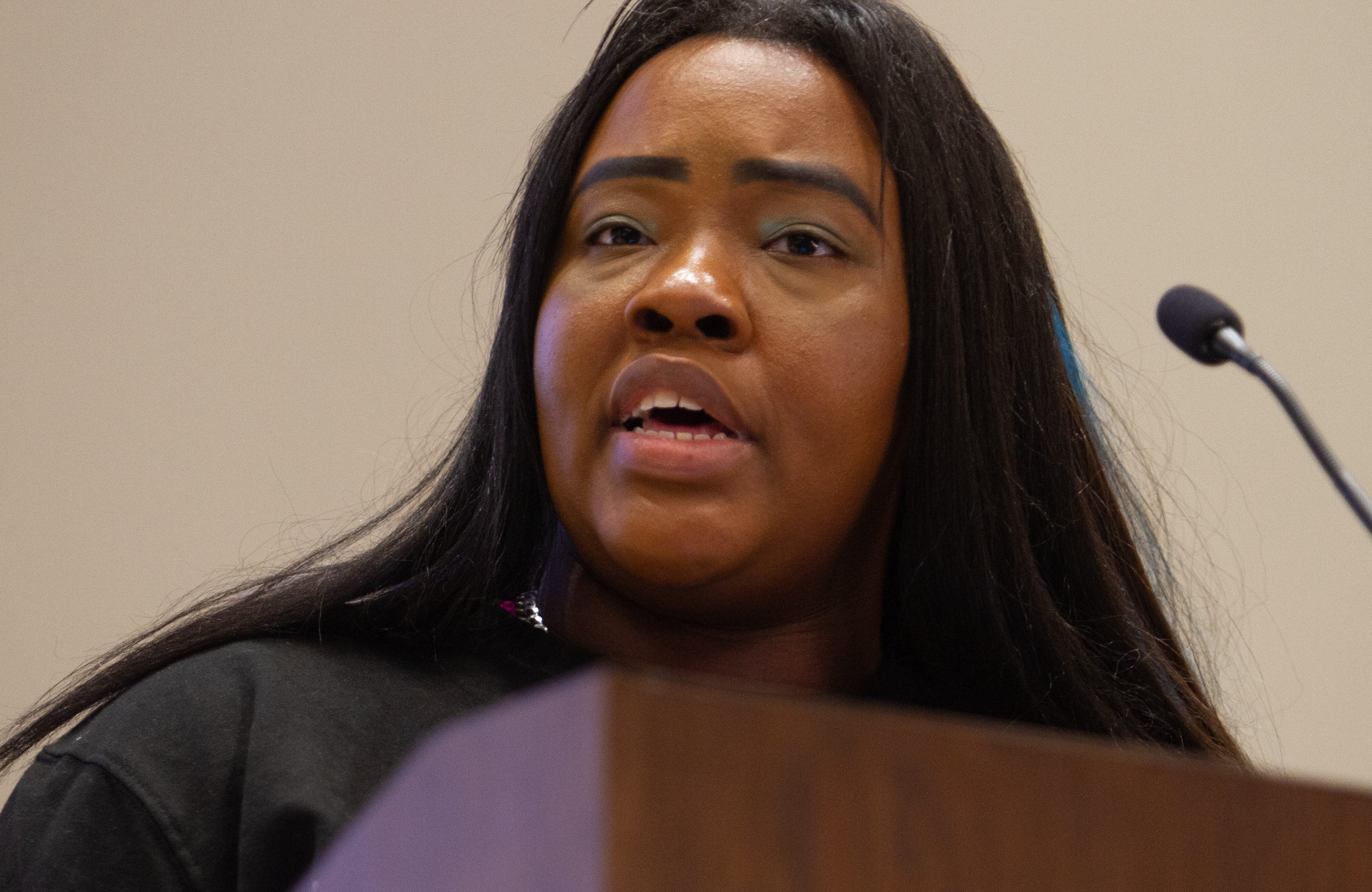

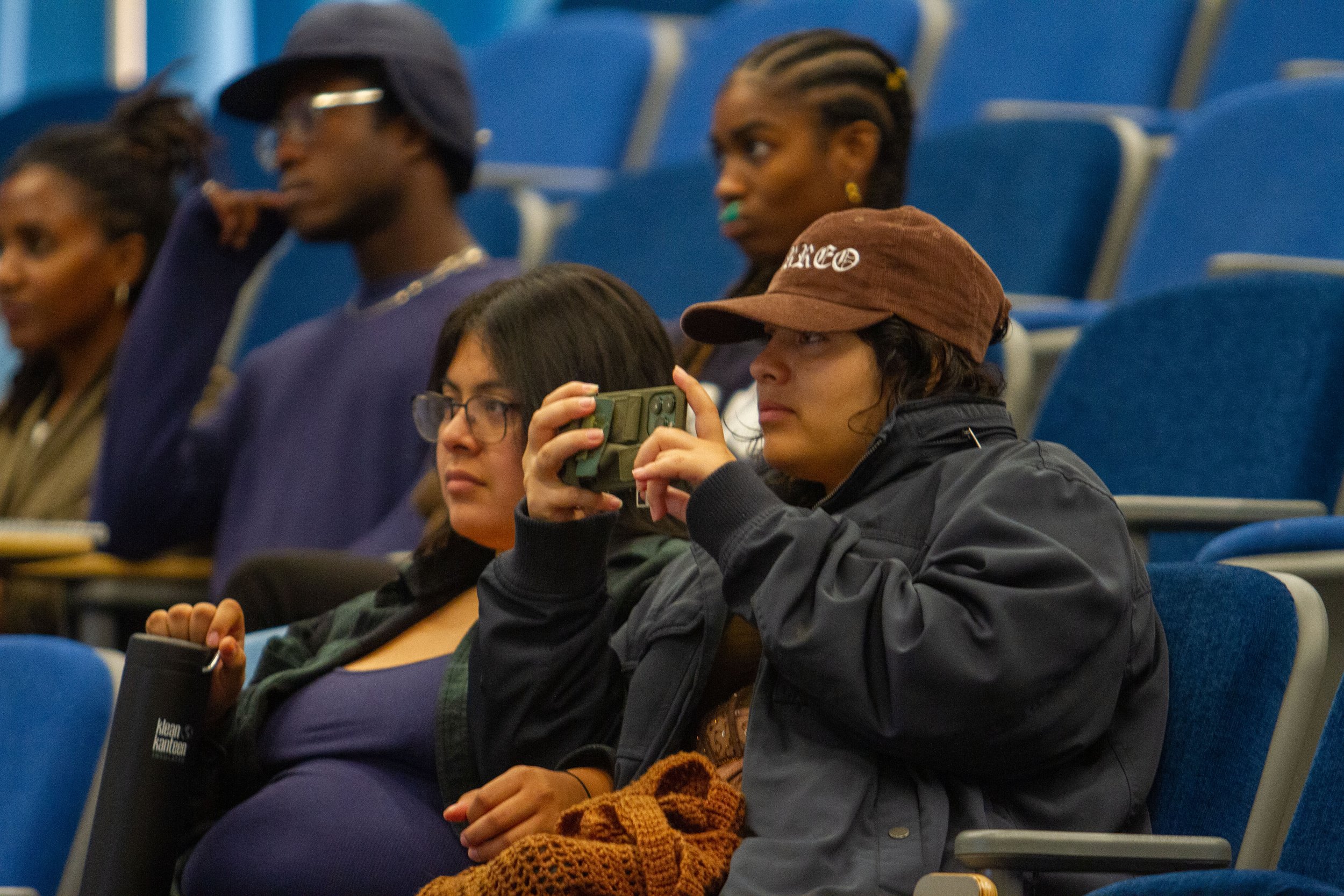
Katelina “Gata” Eccleston stopped at SMC on Oct. 10 to discuss the Afro-Latine roots of reggaeton music.
At her Perreo 101 tour stop at Santa Monica College (SMC), Katelina “Gata” Eclesston discussed the history and people behind the rhythms of reggaeton music. The tour, an expansion of her eponymous podcast, is currently visiting various countries educating people about the genre’s Afro-Latine roots and the erasure of that community in the reggaeton scene.
“Reggaeton is sexy, poetic, political, and problematic, but it can also be a form of comfort, in which case I recognize that it is a reflection of life,” said Eccleston.
The Panamanian-Jamaican reggaeton historian explained that the genre was born from reggae and dancehall rhythms coming from Jamaica and Panama. The music as it’s known today, developed in Puerto Rico in the 1990’s, where it became a medium for political and social resistance to police brutality, racism, and colonialism.
“It was not cool to listen to reggaeton, the artists were talking a lot about police harassment,” said Eccleston. “You’d get pulled over, harassed, arrested and even beat up by the police if you were caught listening to it. The violence knew no bounds during the 1990’s period when the genre was still underground.”
Dancehall and reggae both have origins in the music that was brought to the Americas through the victims of the Atlantic Slavery Trade. The very foundations of these beats can still be found today in Western African music. Eccleston explained how the Afro-Latine roots of the genre have been erased from the larger conversation around it and how that reflects in the lack of Afro-Latino reggaeton artists who achieve stardom. Most of the reggaeton stars of today such as Bad Bunny, Karol G, and Maluma happen to be white Latines while early Afro-Latines artists such as Tego Calderón and Ivy Queen are rarely acknowledged as having paved the way for that music’s current global success.
During the talk, Eccleston also explored various themes of intersectionality surrounding the genre. She discussed how reggaeton artists in Panama and Puerto Rico adapted Patois, the main language used in dancehall, to Spanish. The musical characteristics of that Jaimaican language, which used to be referred to as “broken” one, were reflected in the cadence and inflections of the vocal melodies in early reggaeton.
“There's nothing broken about a language that the sons of slaves created so their oppressors couldn’t understand them… That's powerful,” said Katelina.
Eccleston created platforms such as Reggaeton Con La Gata and Perreo 101, the first bilingual online platform telling the history of reggaeton, to study and emphasize the social dynamics related to Afro-Latine history and culture. She shared that her ultimate goal is to highlight the importance of discussing the social messages behind reggaeton music.
“We can't idolize humans or institutions because they're imperfect,” said Hannah E. Mock, an SMC faculty member who spearheaded the planning for the event in question. “We should always be wondering more deeply about the art we consume and make an effort to learn more about it.”
Natalie Alarcon, an SMC music education major who attended the event, said, “Gata planted a seed in me to dig deeper and better inform myself about the history behind the genre.”
Eccleston’s next Perreo 101 tour stop will be at Princeton University in New Jersey on Oct. 27.
More information can be found here.
https://www.reggaetonconlagata.com/podcasts/perreo101/tour



The SMC Symphony Orchestra closes out 2025 with their winter concert at BroadStage.